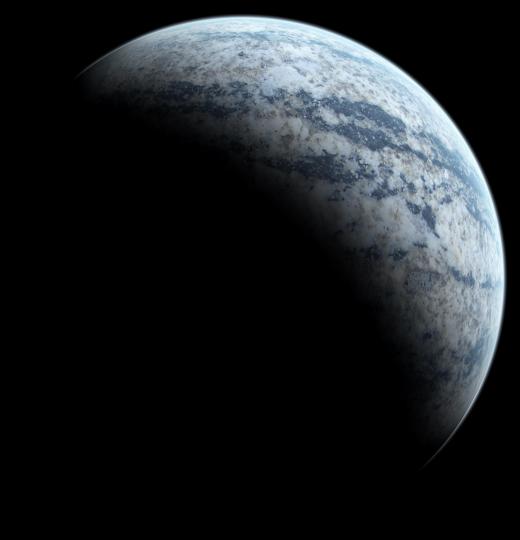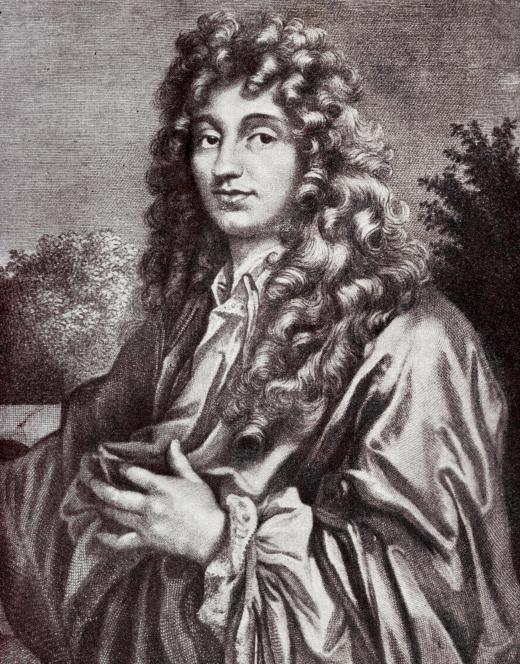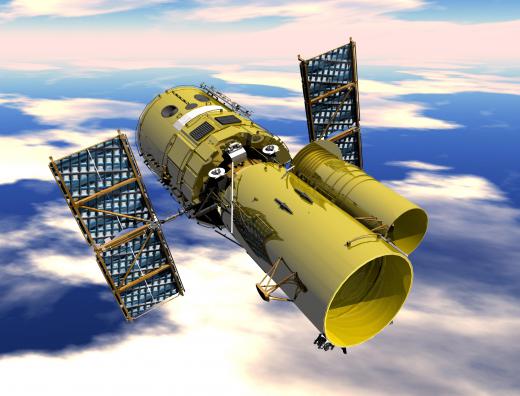What are the Moons of Saturn?
 Michael Anissimov
Michael Anissimov
Saturn, the second-largest planet in the Solar System and the sixth most distant from Sun, possesses sixty confirmed moons, only three less than its neighbor, the kingly Jupiter. Seven of these moons are large enough to be roughly spherical, having achieved hydrostatic equilibrium, and would be considered dwarf planets if they were in orbit around the Sun. These moons are Titan, Tethys, Dione, Rhea, Iapetus, Mimas, and Enceladus.
Five of Saturn’s moons were discovered within the first century of the invention of the telescope. Titan was the first to be discovered, by the Dutch astronomer Christiaan Huygens in 1655. This discovery was followed by the observation of Tethys, Dione, Rhea, and Iapetus between 1671 and 1684 by the Italian astronomer Giovanni Cassini. A probe which arrived at the Saturnian system in 2004 was named Cassini in his honor. In 1789 Mimas and Enceladus, the remaining spheroid moons, were discovered by William Hershel.

Since then, 53 additional moons have been discovered around Saturn, through a combination of the use of long-exposure photographic plates, space probes, and powerful modern telescopes. These moons have diameters ranging down to about four kilometers. Saturn also harbors at least eight “moonlets” with diameters of a few hundred meters, and it is thought there are thousands more as yet undiscovered.

Saturn is circled by numerous rings made up of dust and rocks ranging from nanometers to tens if not hundreds of meters in diameter. There are tenuous agglomerations of ring material which coalesce and break apart on timescales of weeks. Some moons are explicitly called “ring shepherds,” which serve to sculpt Saturn’s rings and give them sharp edges through their gravitational influence.

Saturn’s most famous moon is Titan, with a diameter of 5151 km, making it the second largest moon in the Solar System, just a little behind Jupiter’s Ganymede. This moon is massive enough to sustain its own atmosphere, the only moon in the Solar System to have achieved this. Its atmosphere is made of hydrocarbons and is even denser than our own. In 2004, the Cassini orbiter dropped the Huygens probe into the atmosphere of Titan, where it became the first man-made object to land on the surface of an outer solar system body.
Another of Saturn’s more interesting moons is Iapetus, sometimes called the “yin-yang” moon after its bright white side and pitch black side. This moon also has an unusual ridge which circles the equator, following it almost precisely, and rises to a height of 10 km, giving the moon the appearance of a walnut.
AS FEATURED ON:
AS FEATURED ON:













Discuss this Article
Post your comments